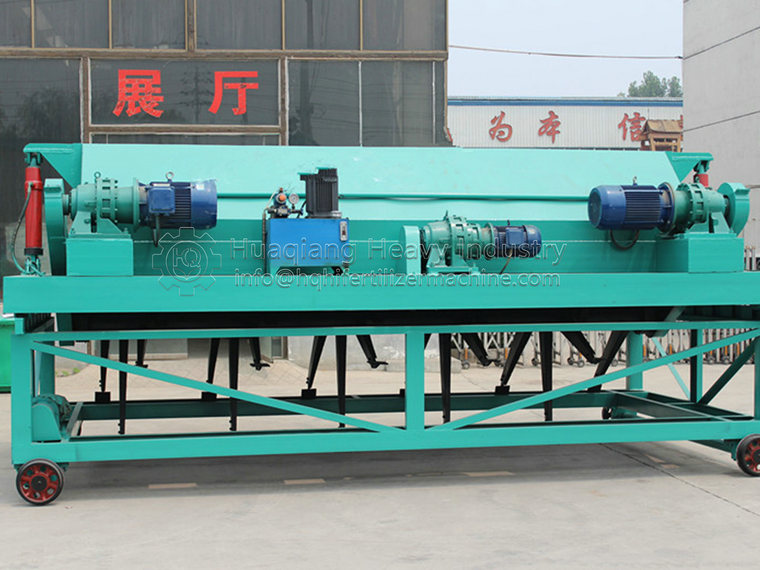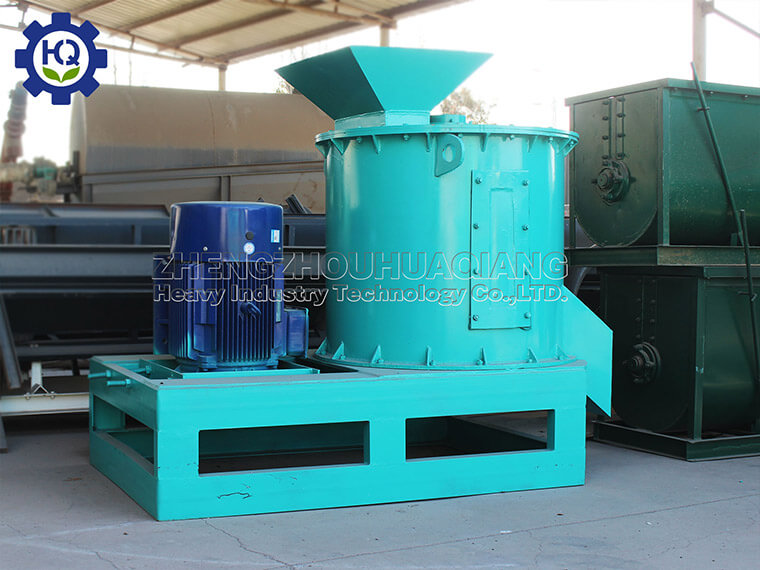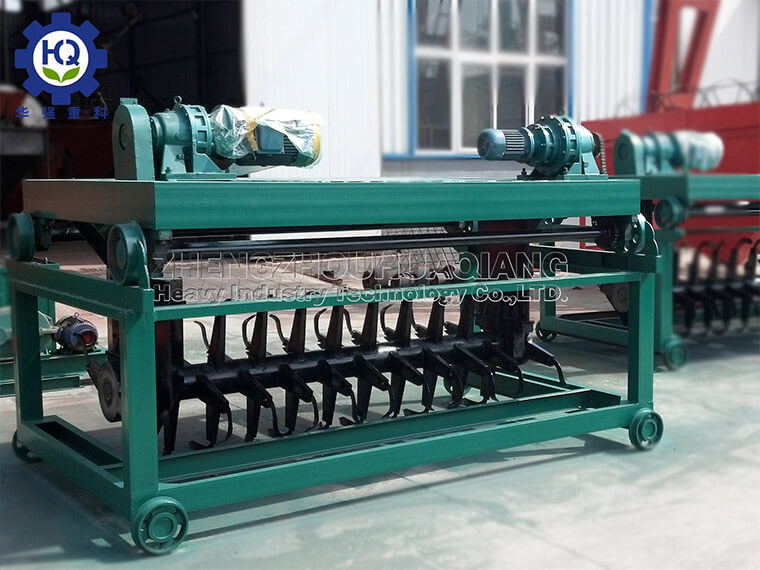In today’s increasingly diversified market demand, organic fertilizer turning machines provide strong support for the diversified development of fertilizer production lines.
With the continuous adjustment of agricultural planting structure, the demand for fertilizers in different crops presents a differentiated characteristic. The organic fertilizer turning machine can adapt to the fermentation treatment of various raw materials, laying the foundation for the production of diversified organic fertilizer products. Whether it is high nitrogen, high potassium organic fertilizers required for vegetable cultivation or long-acting slow-release organic fertilizers specifically for fruit trees, the turner can meet production requirements by mixing and fermenting different raw materials. It can fully mix and ferment various organic materials such as animal manure, soybean cake, bone meal, etc. according to different formulas to produce personalized fertilizer products that meet the growth needs of various crops.
In the research and development of new fertilizers, organic fertilizer turning machines also play an important role. With the development of biotechnology, new types of fertilizers such as bio organic fertilizers and organic-inorganic compound fertilizers are gradually emerging. In the research and production process of these new fertilizers, the turning machine can precisely control the fermentation conditions and promote the integration of beneficial microorganisms with organic and inorganic components. For example, in the production of bio organic fertilizers, the turning machine provides a suitable growth environment for probiotics through reasonable turning, ensuring their large-scale survival and effectiveness in the fertilizer. This helps to develop new fertilizer products with higher fertilizer efficiency and ecological benefits, enriching the product range of fertilizer production lines.
In addition, the flexibility of the organic fertilizer turning machine enables the fertilizer production line to quickly respond to market changes. When the market demand for a specific type of organic fertilizer increases, the production line can quickly adjust the raw material formula and fermentation parameters, and use a turning machine for targeted production. This rapid adaptability enables enterprises to take the initiative in fierce market competition, meet the needs of different customer groups, and expand market share.
Moreover, the application of organic fertilizer turning machines has promoted the integration and development of fertilizer production with other industries. For example, collaborating with the landscape industry to produce specialized organic fertilizers suitable for flowers and lawns; Develop functional organic fertilizers for pond bottom improvement in conjunction with the aquaculture industry. Through this cross industry collaboration, the fertilizer production line has achieved diversified expansion, bringing new development opportunities and growth points to the enterprise.







